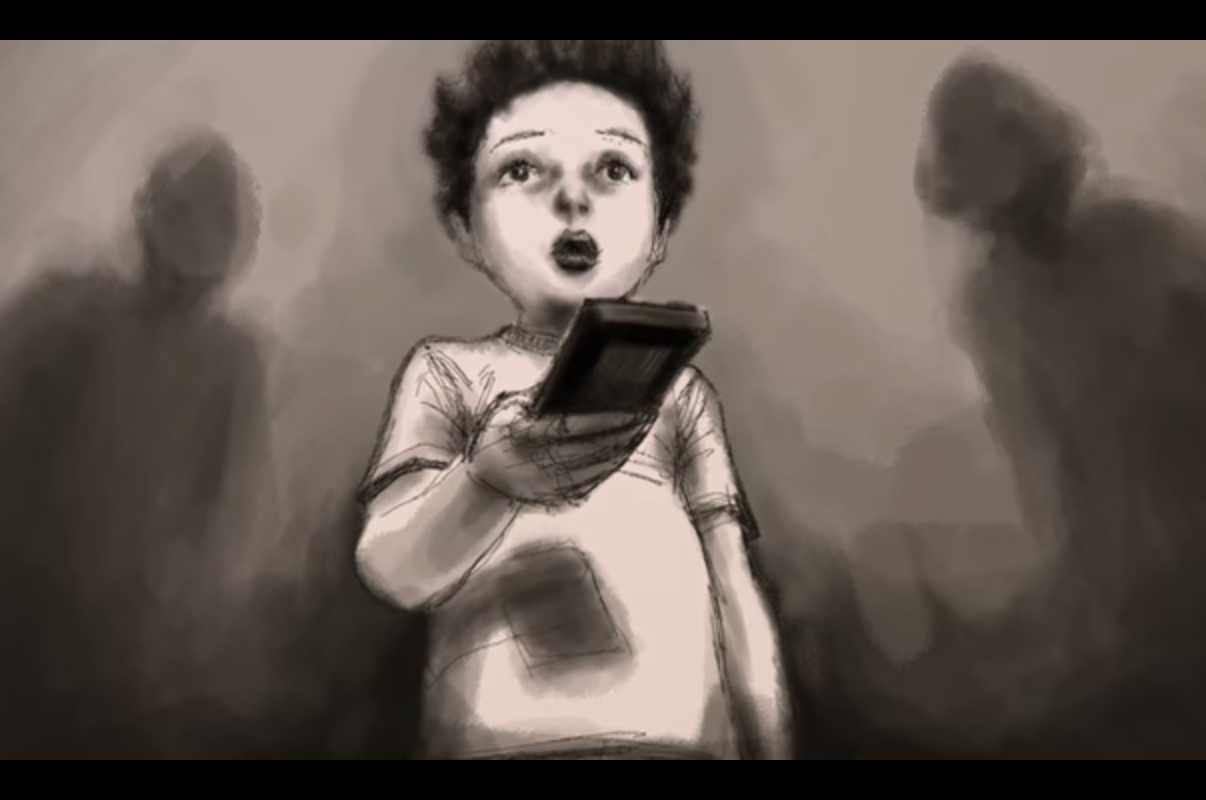At the age of two, Owen Suskind was like most toddlers: energetic, excitable and full of curiosity.
But all of that changed when Suskind, the son of Pulitzer Prize-winning journalist Ron Suskind, turned three.
He became withdrawn and distant, avoiding eye contact and often not responding when others talked to him. Distraught about this turn of events, Suskind’s parents began reaching out to doctors for an explanation.
That’s when they discovered what caused the sudden change in their son — autism.
Suskind and his family are the subject of Life, Animated, a moving documentary from director Roger Ross Williams that highlights the challenges and triumphs of raising an autistic child in ways both poignant and uplifting. But the 91-minute film does more than just that; it boldly depicts the inner-workings of the mind of someone with autism, and how they utilize their passions to make sense of the seemingly chaotic world around them. And it does it extremely well.
For Suskind, animated Disney movies were his sanctuary, coping mechanism and, eventually, what allowed him to bridge the gap between himself and the outside.
After a year of strained silence or mumbling indistinguishably, Suskind uttered his first words while watching the scene in The Little Mermaid when Ariel traded her voice with Ursula in exchange for being able to walk on land.
“Just your voice,” Suskind mumbled, growing louder each time.
Suskind’s parents were overjoyed, quickly reaching out to their doctors to inform them of what happened. The doctors, however, warned the hopeful duo that it was likely Suskind was simply parroting words, unaware of what they actually meant. They told them not to expect much improvement.
It wouldn’t be until four years later that the Suskind family would witness their son’s first major breakthrough.
“Walter doesn’t want to grow up like Mowgli and Peter Pan,” said Suskind, referring to his older brother who looked upset after his birthday party.
That’s when they knew that Suskind was doing more than just mimicking words he heard in animated Disney movies: he was actually using them as a reference point for his experiences.
With the aid of home videos, tearful accounts from his family and wistful animated scenes that drip with childlike innocence, the film flows throughout those major points in Suskind’s life. As he begins to conquer major milestones, it becomes apparent just how integral Disney films are to his existence — and how those movies seamlessly parallel the obstacles he faces everyday.
Before his high school graduation, Suskind watches the scene from The Little Mermaid when Sebastian consoles King Triton by saying, “Children have got to be free to lead their own lives.”
The first night of living alone at his new apartment, he watches Bambi as the baby deer frantically calls out for his mother, looking for the support he was so accustomed to. But both of them must now rely primarily on themselves for day-to-day survival.
Sometimes the movies and Suskind’s life meld together so well that one has to question if some of it isn’t staged. But then you realize that, for someone like Suskind, Disney films are his life; there is little separation between the two.
The animated portions of the film, not of Disney movies but rather illustrations of Suskind’s own imagination, display that interconnectedness.
Halfway through the film, we learn that Suskind’s father discovered his son’s sketchbook, filled with drawings of Disney characters, including Timon from The Lion King and Baloo from The Jungle Book.
What do all those characters have in common? They’re sidekicks, all part of “The Land of the Lost Sidekicks,” a world Suskind crafted to placate his feelings of inadequacy.
There’s an illustrated scene of Suskind gleefully celebrating with his sidekick friends in his make-believe world as he begins to grow confident in his own abilities. But we later witness “The Land of the Lost Sidekicks” fall into a swirling mass of darkness as Suskind deals with the pain of breaking up with his long-time girlfriend.
Those animated scenes are an incredibly vital part of the film. They depict the world only as Suskind could conceptualize it, and without them the movie would lose much of its gravitas.
Beyond simply enhancing the film’s quality, the illustrations also make a powerful statement: although we are unable to see the inner struggles of those with autism, and thus can dismiss them as imaginary, for those with the disorder they are far too real and far too powerful to ignore.
That Life, Animated is able to convey that intricate message with just one family’s story and fanciful illustrations is a testament to its superb production — and makes it one worth watching, both for those who love someone with autism and others who simply seek to learn more about it.



